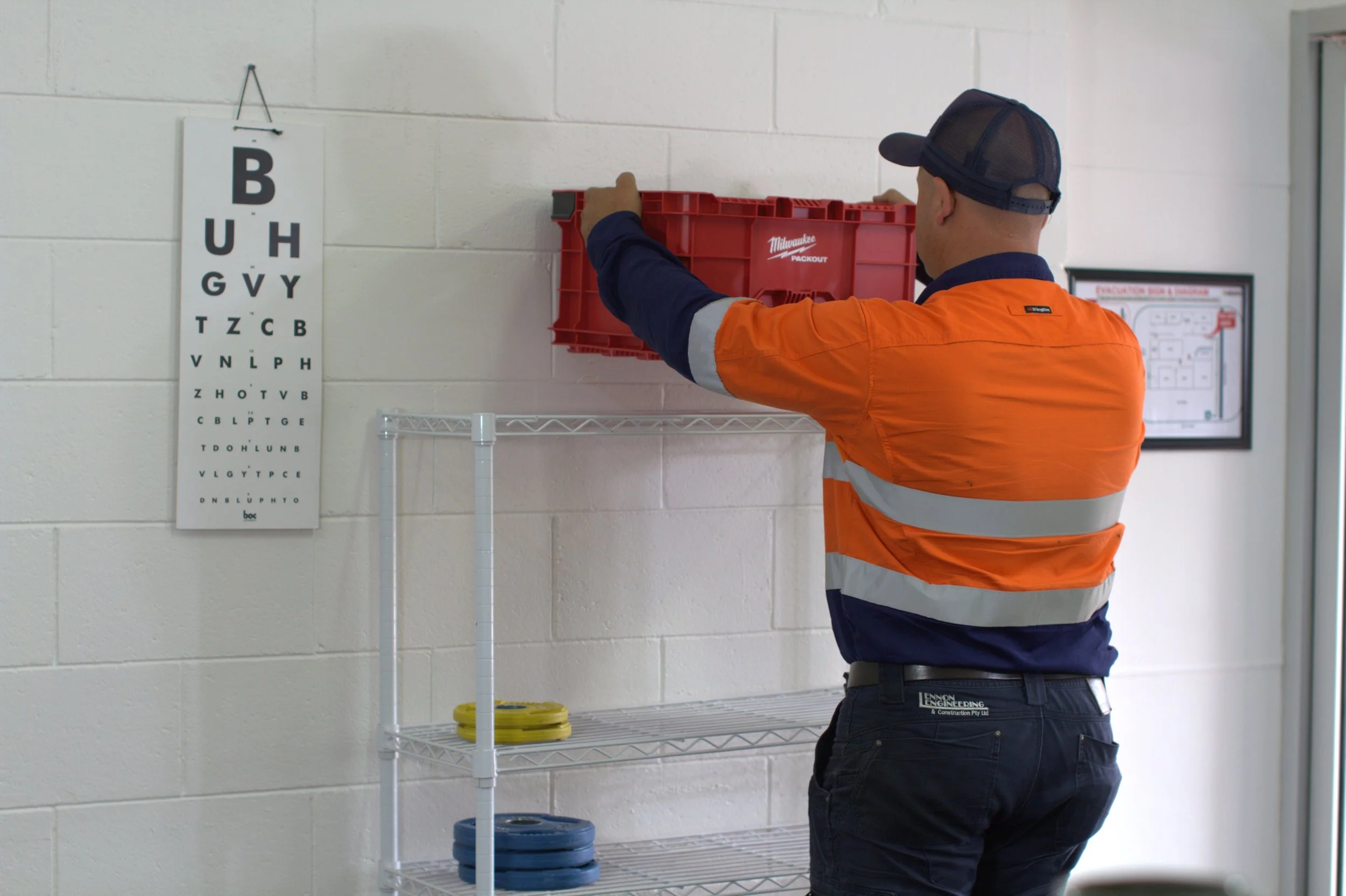Understanding the elements of a Pre-Employment Medical
Introduction
Pre-Employment Medicals are medical assessments specifically designed for employees in high-risk industries to reduce the likelihood of accidents. While they do protect the employer, they’re fundamentally meant to protect the employee. In industries such as mining, construction, transport, logistics, manufacturing, and emergency services, your health can significantly impact how well you can carry out a task — and when tasks are high-risk, failing to perform them to a high standard can result in serious injury, or even death in extreme cases.
Because of these risks, employers are required by law to assess all employees who fall into this high-risk category before they begin work. This blog will cover the different components of a Pre-Employment Medical and explain why each one plays a vital role in determining your fitness for work.
What Does a Pre-Employment Medical Involve?
A standard Pre-Employment Medical may include:
Medical history review
Physical examination (if applicable to the role)
Vision, hearing, cardiovascular, and musculoskeletal screening
Functional capacity evaluation (e.g. lifting, bending, prolonged standing)
Psychological assessment or cognitive screening (if relevant)
Drug and alcohol testing (industry-specific)
Components of a Medical, Explained
Each part of the assessment is there for a reason — not just to tick a box, but to ensure you can safely perform the tasks your job requires:
Medical history review: Helps identify any past or current health conditions that could affect your ability to work safely. This includes things like chronic illnesses, injuries, or medications that may impact your performance or safety.
Physical examination: Used to check for any general health issues that might limit your physical capability on the job. This is especially important for roles that are physically demanding or involve manual labour.
Vision, hearing, cardiovascular, and musculoskeletal screening: Your senses and physical condition play a key role in workplace safety. For example, poor hearing can be dangerous in noisy environments, and cardiovascular or musculoskeletal issues may affect your ability to handle physical tasks.
Functional capacity evaluation: This part looks at how well you can perform tasks specific to the role, such as lifting, bending, climbing, or being on your feet for extended periods. It helps match your current physical ability with the demands of the job.
Psychological assessment or cognitive screening: In some industries, mental resilience and clear thinking under pressure are just as important as physical ability. These assessments can help ensure that candidates are mentally fit for high-stress or decision-critical roles.
Drug and alcohol testing: For industries where being under the influence poses a serious safety risk, this test is mandatory. It helps create a safer working environment for everyone on site.
Role of the Occupational Health Provider
Occupational health professionals are responsible for conducting these assessments and ensuring they’re tailored to the specific demands of each role. Their job is to:
Provide an objective and confidential evaluation of your health in relation to the position you’re applying for.
Make recommendations based on the results — usually classifying you as fit, fit with restrictions, or unfit for the role.
Communicate these findings to your employer, but only within the bounds of privacy laws. That means your personal medical information stays confidential — the employer only receives information relevant to your ability to perform the job safely.
Common Outcomes of a Fitness for Work Assessment
Depending on the results of your medical, you may be:
Fit for duty with no restrictions – you’re fully capable of performing all tasks required for the role.
Fit for duty with modifications or restrictions – you can work, but may need adjustments like lighter duties or shorter shifts.
Temporarily unfit – you’re currently unable to safely perform the job but may be re-assessed after further treatment or recovery.
Permanently unfit – your health condition is not compatible with the job requirements, and it’s unlikely this will change.
Employee Rights and Confidentiality
It’s important to know that you have rights during this process. These include:
Control over what information is shared – only relevant fitness-for-duty information is passed on to the employer, not your full medical history.
Consent – you must give permission for any assessment and for the release of results.
Right to a second opinion – if you disagree with the findings, you can seek another assessment or raise your concerns through the appropriate channels.
Tips for Employees Preparing for Their Assessment
To make sure your assessment goes smoothly:
Bring any relevant medical documentation – including prescriptions, reports from your GP or specialist, or past imaging results.
Be honest about your medical history and any current conditions. The assessment is there to help, not to disqualify you unnecessarily.
Understand the job requirements so you know what physical or mental demands the assessor will be considering.
Ask questions if you’re unsure about any part of the process — it’s better to be clear than to guess.
Conclusion
Fitness for work assessments are a key part of keeping high-risk workplaces safe, not just for employers but for workers themselves. They’re designed to ensure you’re placed in a role where you can perform safely, confidently, and without putting yourself or others at risk.
By understanding what’s involved and how to prepare, you can approach your Pre-Employment Medical with confidence. Clear communication between employers, employees, and health professionals is what makes the process work — and what keeps everyone safe on the job.

